#haplocanthosaurus
Text
SISTER FORMATIONS: MORRISON, LOURINHA AND TENDAGURU
Back in the Late Jurassic Period, North America, Europe and Africa were next door neighbors.

This is reflected in the similarity of the lithology, and fauna of the rocks. In North America, we have the Morrison Formation, in Europe we have the Lourinha Formation, and in Africa we have the Tendaguru Formation. All of these are contemporaneous or sister formations.
Stratigraphy
The Tendaguru Formation is approximately 177 m thick and broken up into five members: Lower Dinosaur Member (cross-bedded, fine-grained sand and siltstone w/interbedded clay), Nerinella Member (trough cross-bedded and massive sandstone indicating a tidal channels, sandbars and beaches),

Middle Dinosaur Member ( ripple, cross-bedded, fine-grained calcareous sandstone and siltstone and massive to crudely bedded siltstone and claystone indicating tidal flats and lagoons),
Indotrigonia Africana Member (calcite cemented sandstone, conglomerate, thin claystone, and siltstone with sandy limestone indicating tidal and deltaic channels),
and the Upper Dinosaur Member (ripple, cross-bedded, fine-grained sandstone and siltstone with interbedded claystone and micriitic carbonates indicating tidal flats).
The Lourinha Formation is about 200 to 1000 meters thick and is broken into about 5 members: Praia da Amoreira Member (massive mudstone with meter thick sandstone lenses and calcrete layers indicating a meandering river system),
the Porto Novo Member (cross-bedded sandstone indicating a deltaic system), the Praia Azul Member (marl and mudstone indicating brief marine transgression),
and the Santa Rita and Assenta Members (mudstone, caliche, shelly carbonates near the top indicating a landward side of a deltaic system) which are equivalent members from different basins.

The Morrison, as stated previously, is about 200 m thick and consists of 11 different members. I will not go into detail about them again but it should be noted that the formations are approximately the same thickness and made of primarily sand, silt and mudstone.
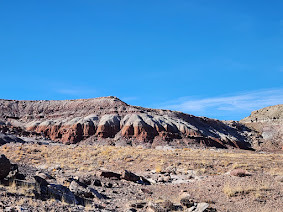
DINOSAURS
Now for the other fun part: the dinosaur fauna. There are some dinosaurs that are shared between two or all of the formations. These include Ceratosaurus nasicornis in the Morrison and a possible Ceratosaurus in the Tendaguru
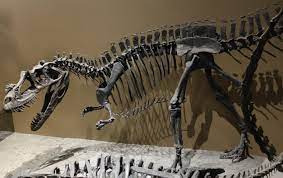
and in the Lourinha, Torvosaurus tanneri in the Morrison, Torvosaurus gurneyi in the Lourinha, and a possible Torvosaurus species in the Tendaguru,
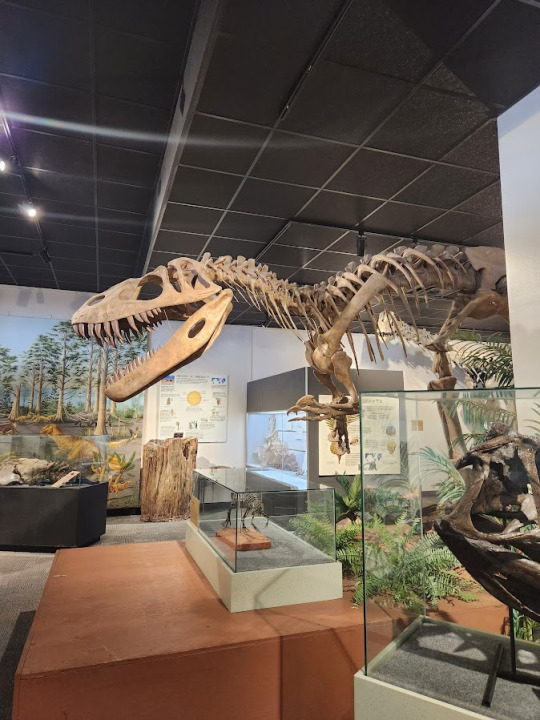
Allosaurus fragilis in the Morrison and Allosaurus europaeus in the Lourinha,

Dryosaurus altus in the Morrison and a possible Dryosaurus species in the Lourinha,

Miragaia longicollum in the Lourinha and possibly Miragaia longispinus in the Morrison. Though if that's true, the genus would be Alcovosaurus because that was named first.

And then there are the dinosaurs that were similar to each other in each formation. Filling in the niche or living alongside Dryosaurus was Dystalotosaurus of the Tendaguru,
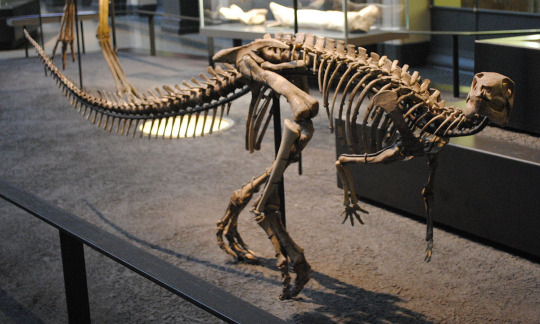
Eudryosaurus in the Lourinha, and Nanosaurus in the Morrison.
There's Draconyx in the Lourinha and Camptosaurus in the Morrison as early iguanodonts.

Kentrosaurus in the Tendaguru, Dacentrurus in the Lourinha and Stegosaurus and Hesperosaurus in the Morrison are the main stegosaurs.
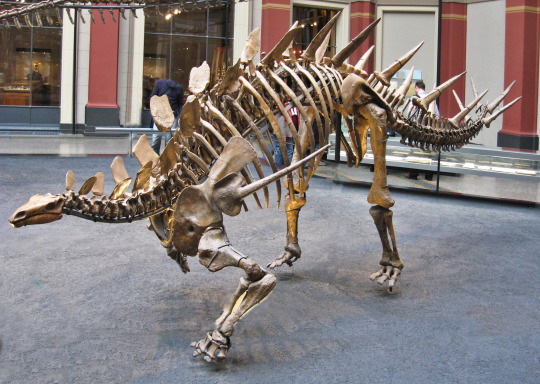
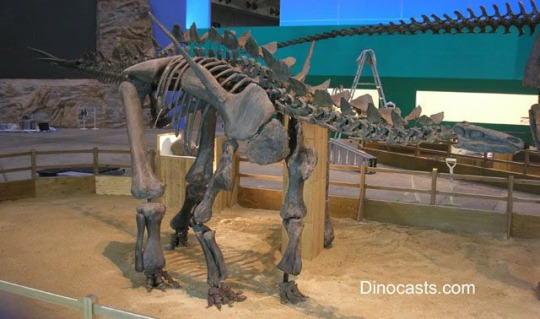


For ankylosaurs, there is Dracopelta in the Lourinha and Mymooropelta and Gargoyleosaurus in the Morrison.


Then there's Dicraeosaurus of the Tendaguru and Suuwassea of the Morrison.

Giraffatitan of the Tendaguru, Lusotitan of the Lourinha and Brachiosaurus of the Morrison all represent brachiosaurs.
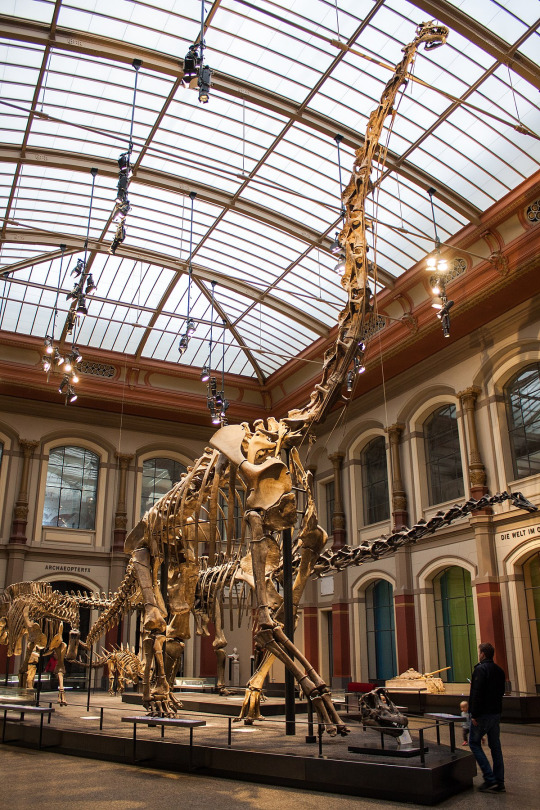
Janenschia of the Tendaguru and Haplocanthosaurus of the Morrison represent early sauropods.

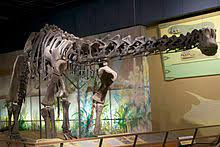
Tendaguria of the Tendaguru and Zby of the Lourinha are even earlier sauropods.

Torneiria of the Tendaguru and Deinheirosaurus of the Lourinha are the diplodocids that match up with the bagillion in the Morrison.
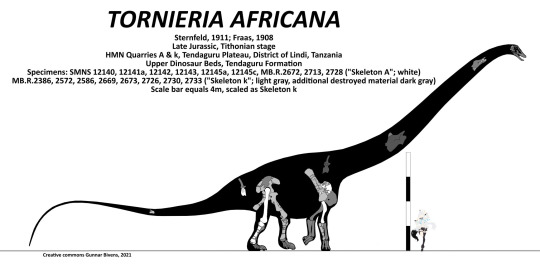
Lourinhasaurus is the camarasaurid representative of the Lourinha.
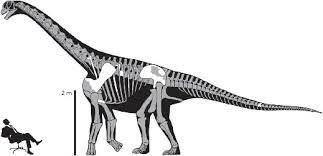
The Tendaguru and the Lourinha have early carcharadontosaurs in the forms of Veteruristisaurus and Lusovenator.
Lourinanosaurus is the European equivalent of Marshosaurus in the U.S.

And Elaphrosaurus of the Tendaguru is the small to medium-sized equivalent of Tanycoalgreus in the Morrison.
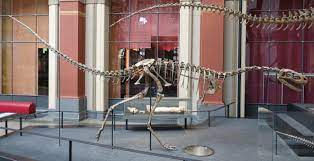

This was a ton of info so if you want it more broken down, message me! I am happy to walk you through it all! Enjoy your weekend!
#paleontology#dinosaur#fossils#geology#lithology#north america#europe#africa#morrison formation#lourinha formation#tendaguru formation#science#allosaurus#torvosaurus#ceratosaurus#stegosaurus#brachiosaurus#giraffatitan#miragaia#kentrosaurus#dacentrurus#mymooropelta#dracopelta#gargoyleosaurus#dryosaurus#sandstone#mudstone#limestone#siltstone#stratigraphy
134 notes
·
View notes
Text
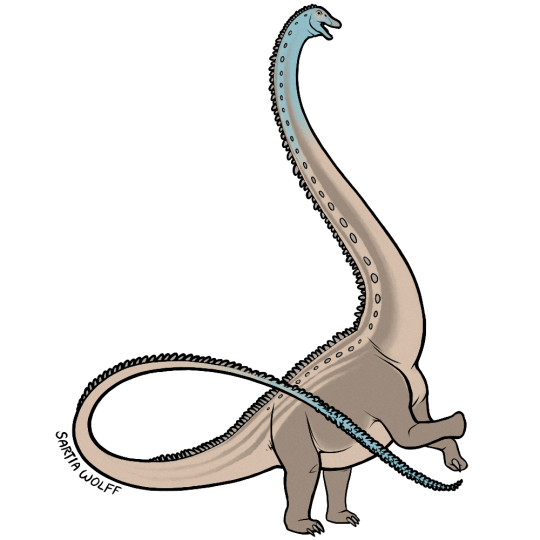
#Archovember Day 7 - Supersaurus vivianae
Living in Late Jurassic North America, the diplodocid Supersaurus vivianae was one of the largest and longest sauropods to ever exist. With larger specimens reaching 33–35 metres (108–115 ft) long and weighing an estimated 35–40 metric tons (39–44 short tons), it was matched only by the Late Cretaceous titanosaur Argentinosaurus.
As a diplodocid, Supersaurus would have used it’s long, peg-like teeth to strip food from branches and swallow it without chewing, instead relying on gastroliths (small stones) to break down plant material in its gizzard. Due to the high stress stripping branches would place on its teeth, diplodocids continuously replaced their teeth throughout their lives, usually in less than 35 days! Supersaurus could have had as many as 5 teeth developing per tooth socket.
Supersaurus, like other diplodocids, had a long, whiplike tail which tapered at the end. They could have snapped this tail like a bullwhip, generating a sonic boom. This could have been used in mating displays or to ward off predators.
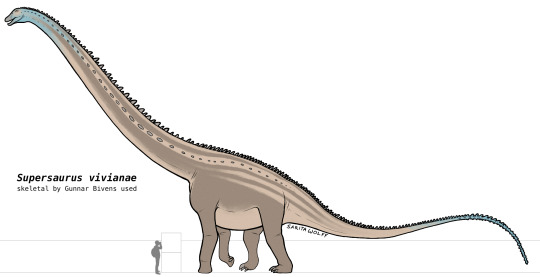
Being the largest animals living at the time, there weren’t many, if any, predators in the Morrison Formation that could have preyed on adult Supersauruses. However, young Supersauruses would have had a multitude of large theropods to look out for, including Allosaurus, Saurophaganax, Ceratosaurus, Torvosaurus, and Marshosaurus. Supersaurus would have lived alongside a variety of other sauropods such as Haplocanthosaurus, Smitanosaurus, Amphicoelias, Apatosaurus, Brontosaurus, Diplodocus, Brachiosaurus, Camarasaurus, Dystrophaeus, and the rare Barosaurus. There were a lot of Ornithischians in this formation as well, though not as numerous and diverse as the sauropods. They included the early ornithopods Camptosaurus, Dryosaurus, Nanosaurus, and Uteodon, the stegosaurians Alcovasaurus, Hesperosaurus, and Stegosaurus, the ankylosaurians Gargoyleosaurus and Mymoorapelta, and the heterodontosaur Fruitadens.
#my art#SaritaDrawsPalaeo#Supersaurus#Supersaurus vivianae#diplodocid#sauropods#saurischians#dinosaurs#archosaurs#archosauromorphs#reptiles#Archovember#Archovember2023
101 notes
·
View notes
Text
Caihong vs Hesperornithoides


Factfiles:
Caihong juji

Artwork by @i-draws-dinosaurs, written by @i-draws-dinosaurs
Name meaning: Rainbow with big crest
Time: 161 million years old (Oxfordian stage of the Late Jurassic)
Location: Tiaojishan Formation, China
It’s always a special treat to hear the announcement of a dinosaur with known colours, because it gives the most direct impression of how truly stunning these animals would have been to witness in real life. And Caihong might just be the most spectacular of them all so far, described in 2018 from an immaculate full-body fossil that preserves detailed feathers! Caihong’s feathers are longer than some other floofy dinosaurs, and would have had the appearance of a luxurious mane along its neck. Not only that, the fossil preserves feather microstructures that in life would have made this dinosaur gloriously iridescent!
Now iridescent dinosaurs aren’t new, Microraptor has been decked out in fabulous starling-esque plumage for a while now, but Caihong absolutely takes it to the next level. Its whole body was covered in iridescent black, including the enormous tail, but the real star of the show are the platelet-like melanosomes found on the head, neck, and the base of the tail. Different from the usual iridescent melanosomes, the structure of these tiny organelles reflects brilliantly iridescent colours, like those on the heads of hummingbirds and particularly the bright purple feathers on the necks of the trumpeter family. Caihong would have put on an absolutely dazzling jewel-toned display in the treetops or on the forest floor of prehistoric China!
Hesperornithoides miessleri

Artwork by Gabriel Ugueto, written by @zygodactylus
Name Meaning: Miessler’s Western Bird Form
Time: 156 to 147 million years ago (Kimmeridgian to Tithonian stages of the Late Jurassic)
Location: Jimbo Quarry, Morrison Formation, Wyoming
Say hello to Lori! Hesperornithoides is a vital newly named dinosaur known from material that had been excavated a few decades ago, taking that long to describe properly. You see, while we have Avialans - “protobirds” - from the Late Jurassic, we don’t have other birdy dinosaurs we’d expect from this time, such as Dromaeosaurs and Troodontids. However, with the description of Lori and other troodons from places like the Morrison, we finally have those missing links! Having more feathered dinosaurs known from times before Archaeopteryx is important for adding more robust evidence to the idea that birds are living dinosaurs - not that we need much after the discovery of the Jehol biota, but, the more evidence the better. At about a meter long and half a meter high, it is possible that Hesperornithoides was a juvenile, and may have gotten at least somewhat bigger. A slender animal with raised sickle claws, like other Troodontids, it would have looked like a small pointy bird in its environment. In fact, Hesperornithoides showcases that we have yet to find everything from the Morrison Formation - it is possible that even more mysteries lie in this interesting and famous extinct ecosystem. Lori lived in a transitional wetland environment, which would have gone through extreme seasonality. As Lori was found in a resting position, it seems that this is where Hesperornithoides lived, rather than just having been preserved there. It probably used its wings to help with predatory behaviors and in display. Its environment, the Morrison Formation, is one of the most diverse dinosaur ecosystems and one of the best known; however, its organization is something of a mess, so it isn’t clear which exact habitats Lori would have been associated with. It is a safe bet to say, however, that it lived alongside dinosaurs similar to Camarasaurus, Camptosaurus, Dryosaurus, Alcovasaurus, Gargoyleosaurus, Hesperosaurus, Stegosaurus, Haplocanthosaurus, Dyslocosaurus, Apatosaurus, Brontosaurus, Barosaurus, Diplodocus, Galeamopus, Supersaurus, Kaatedocus, Allosaurus, Fosterovenator, Coelurus, and Ornitholestes.
DMM Round One Masterpost
#dmm#dinosaur march madness#dinosaurs#dmm round one#dmm rising stars#palaeoblr#paleontology#bracket#march madness#polls#caihong#hesperornithoides
135 notes
·
View notes
Text

Dinovember, day 15! Halfway done!
A haplocanthosaurus stuck in the mud made these two marshosaurus think they had an easy meal. They probably should have waited just a little longer 😬
I once again had some trouble finding any consistent references for both species in this page, so these are an approximation of several other renditions and may be wildly inaccurate. I'm not sure.
EDIT, 1/11/22: This entire Dinovember series has been compiled and is now available for purchase on Gumroad! The pages can be printed, or thrown into a digital program! Check it out HERE!
#art#digital art#sketch#lineart#coloring book#dinovember coloring book#dinovember 2021#drawdinovember#dinovember#dinosaur#dinosaurs#morrison formation#late jurassic#sauropod#haplocanthosaurus#theropod#marshosaurus#mud flats
18 notes
·
View notes
Text


A simple Haplocanthosaurus sauropod dinosaur cardmodel in four(4) hyper-realistic colors.
2 notes
·
View notes
Text
Episode 274: Big Al is no longer Allosaurus fragilis
I Know Dino Podcast Episode 274: Big Al is no longer #Allosaurus fragilis, Instead it's included with the new species Allosaurus jimmadseni known to have distinctive skull ornaments and other unique features.
Episode 274 is all about Haplocanthosaurus, a relatively small sauropod measuring a measly 49 ft long and 13 tons in weight.
Big thanks to all our patrons! Your support means so much to us and keeps us going! If you’re a dinosaur enthusiast, join our growing community on Patreon at https://www.patreon.com/iknowdino.
You can listen to our free podcast, with all our episodes, on Apple Podcasts
View On WordPress
#age#allosaurus#big al#caps#climate change#Coffee Hollow#colin trevorrow#Cretaceous#delfsi#dinosaur#dinosaur national monument#dinosaur of the day#dinosaurs#eurpaeus#footprint#fragilis#Haplocanthosaurus#Happy#i know dino#ice#jimmadseni#Jurassic#Jurassic World 3#Mesozoic#morrison formation#Nasutoceratops#podcast#polar#priscus#puppet
3 notes
·
View notes
Text

Eutretauranosuchus flee away from Haplocanthosaurus.
5 notes
·
View notes
Photo

Dwarfed by giants on this #museummonday! Happy National Distance Learning Week! I just filmed an episode of our digital Museum Mondays program. If you or a school you know is interested in signing up, visit www.cmnh.org/museummondays . #ilovemuseums #scicomm #dinosaurs #cmnh #cle #thisiscle #education #museumed #distancelearning #digitallearning #monday #distancelearningweek #paleontology #trex #triceratops #haplocanthosaurus #geology #museumsmatter #cleveland #clevelandrocks (at Cleveland Museum of Natural History)
#cle#cleveland#distancelearningweek#monday#thisiscle#scicomm#clevelandrocks#museummonday#museumed#haplocanthosaurus#ilovemuseums#triceratops#distancelearning#dinosaurs#paleontology#trex#education#digitallearning#museumsmatter#geology#cmnh
3 notes
·
View notes
Text
HAPPY NEW YEAR and some MONDAY MUSINGS
Hope you all had a fun and safe New Year's Eve! This month we will be talking about my favorite rock formation: the Morrison and today we will specifically be discussing the sauropods. The Morrison Formation is probably best known for the many sauropods found in it but are there too many? We don't really have an analogue today to compare to. The closest is the African savanna and but the megafauna there is very different from each other.
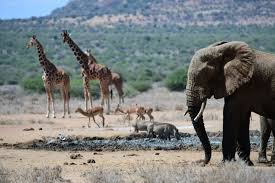
Let's look at a list of the sauropods found in the Morrison Formation:
Haplocanthosaurus (possibly 2 species)
Maraapunisaurus (now lost)
Dyslocosaurus
Smitanosaurus
Suuwassea
Amphicoelias
Apatosaurus (3 species)
Atlantosaurus (dubious)
Brontosaurus (3 species)
Barosaurus (2 species)
Diplodocus (3 species)
Seismosaurus (considered a species of Diplodocus by some)
Galeamopus (2 species)
Kaatedocus
Supersaurus
Brachiosaurus
Camarasaurus (5 species)
Dystrophaeus
That's 32 different sauropods. Imagine 32 different elephant species/genus' living all together on the African savanna. That's a lot for one environment but we're gonna dive in and see if this really is too much.

The Morrison Formation covers an area of 1.5 million square kilometers (600,000 square miles)
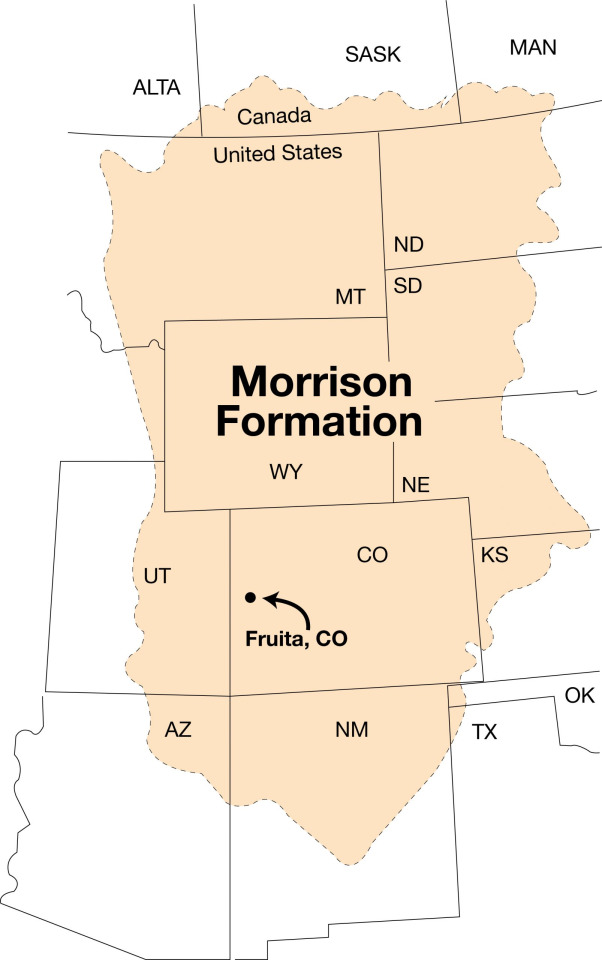
and spans over 10 million years.

That changes things. Now, let's start seeing where everything falls. First, we're going to remove sauropods that are dubious, unknown, or lost. Basically, ones that probably don't exist or can't be proven to exist. That removes 6 of them.
Then we look at where each of them was found. Outcrops of Morrison with dinosaur fossils have been found in 7 different states: South Dakota, Montana, Wyoming, Utah, Colorado, New Mexico and Oklahoma.
South Dakota has one sauropod: Barosaurus lentus. Okay, that's not too bad.

New Mexico also only has one sauropod as well, Seismosaurus hallorum. Now, some paleontologists believe it's a species of Diplodocus but that's not important for this post.
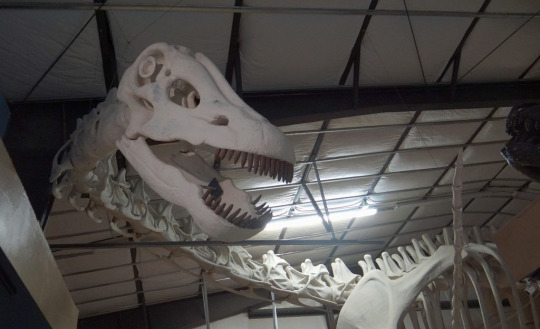
(Fun fact, this model is in the Montana Dinosaur Center where I worked last summer and I totally got to sleep under it. I know, I'm a nerd).
Speaking of Montana, it has two sauropods, Suuwassea

and Camarasaurus grandis.
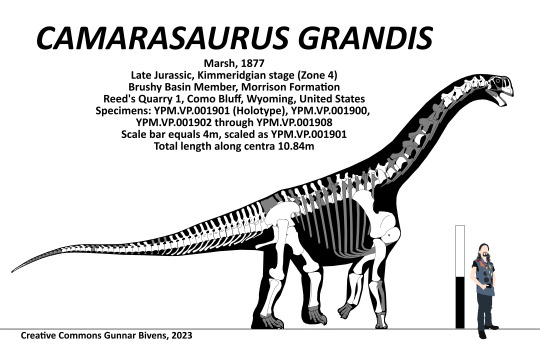
Again, not too bad numbers wise. Oklahoma also has two sauropods: Barosaurus lentus and Camarasaurus supremus.

Then we have Utah, Colorado, and Wyoming. Utah has 8 sauropods: Apataosaurus louisae, Brontosaurus parvus, Barosaurus lentus, Diplodocus hallorum, Camarasaurus annae, Camarasaurus lentus, and Dystrophaeus.
Colorado has 12 sauropods: Haplocanthosaurus, Smitanosaurus, Amphicoelias, Apatosaurus ajax, Apataosaurus louisae, Galeamopus pabsti, Supersaurus, Brachiosaurus, Camarasaurus grandis, Camarasaurus lewisi, and Camarasaurus supremus.
FInally, Wyoming has 14 sauropods: Haplocanthosaurus, Dyslocosaurus, Brontosaurus excelsus, Brontosaurus parvus, Brontosaurus yahrahpin, Diplodocus carnegii, Diplodocus hallorum, Galeamopus hayi, Galeamopus pabsti, Kaatedocus, Supersaurus, and Camarasaurus lentus.
Now, those numbers are little less believable. Let's take these three states and break them down more. Time. Each of these states has multiple members (layers I will discuss in another post later) that represent different stages in time during the Late Jurassic Period.
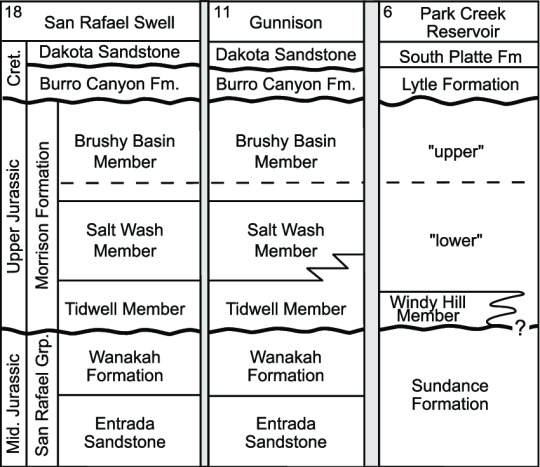
We will specifically be looking at the Tidwell, Salt Wash and Brushy Basin Members. Some of these can be broken down even more.
Utah: Dystrophaeus is the oldest sauropod, found in the Tidwell Member.
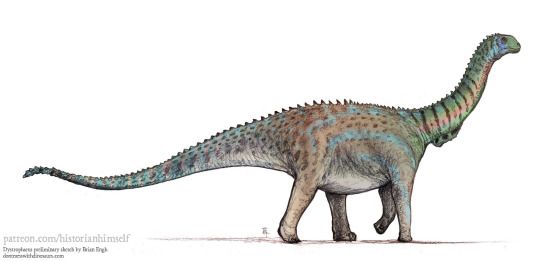
Diplodocus hallorum is found in the Salt Wash Member and the lowest Brushy Basin Member.

Brontosaurus parvus is also found in the Salt Wash Member while Camarasaurus lentus is found only in the lower Brushy Basin.
Finally, in the upper Brushy Basin we have Barosaurus and Apatasaurus louisae.
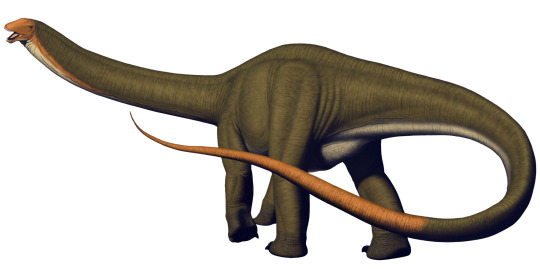
So that means one lived at the beginning of the Late Jurassic, two lived in the lower middle, two lived in upper middle, and two lived in the latest Jurassic. Again, not bad.
Let's do the same for Colorado. Camarasaurus lewisi was in the Tidwell Member (probably), Camarasaurus grandis and Brachiosaurus are found in the Salt Wash Member ( though Brachiosaurus can also be found in Brushy Basin) and the other eight are found in the Brushy Basin (Camarasaurus supremus and Supersaurus are only found at the very end).

That means one was alive in the early late Jurassic, two in the early middle Late Jurassic, nine in the Brushy Basin and two at the latest Jurassic. Possibly a bit but still better than 32.
Then there's Wyoming. No Tidwell there, but four are found in the Salt Wash Member (Brontosaurus parvus and yahrahpin, Diplodocus hallorum, and Kaatedocus), one appears only in the lower Brushy Basin (D. hallorum), one only appears in the upper Brushy Basin (Supersaurus) and the other 6 are found in the Brushy Basin Member (though one might actually be lower Cretaceous. Cedar Mountain Formation looks way too similar to Morrison for our sanity). Again, smaller numbers are better.
The other thing to keep in mind with numbers: we hardly find sauropods in great numbers. The exceptions like Dinosaur National Monument show a catastrophic burial event and it's highly unlikely that all those dinosaurs died together at the same time.

But it's not just numbers. What about the environment? There is this terrible misconception that the Morrison was this semi-arid wasteland savanna but that is only true in one area: on the Colorado Plateau. It's due to the Plateau's popularity with geologists and paleontologists, it is a well-studied area. Most of the Morrison was lush, wet forests. At the site I work at we have tons of petrified wood and cycads in the entire layer.
Lake Too'dichi' was a saline lake just like the Great Salt Lake (about the same size too) and yes, it was an inhospitible place for animals just like the Great Salt Lake but guess what? NONE OF OUR SITES ARE NEAR THE LAKE. Imagine that. No dinosaurs near the big salty lake. However, near the receding Sundance Sea? In the big green forests? Yeah, crap loads of dinosaurs found there and each one filling a different niche.

So, the reality is, no. There are not too many sauropods in the Morrison Formation. They were prolific and lived for a very long time co-existing and evolving side by side.
Whew...that was a long post. Hope you learned something new!
#paleontology#dinosaur#fossils#fun facts#sauropod#diplodocus#brachiosaurus#camarasaurus#brontosaurus#utah#wyoming#colorado#montana#new mexico#oklahoma#south dakota#morrison formation#late jurassic#niche
7 notes
·
View notes
Photo


Dinosaur March Madness Round One: Game Fifteen
Haplocanthosaurus versus Nemegtosaurus!
Feel free to debate about which one YOU think people should vote for, right on this post! Voting starts the first weekend of March!
Art by Michael Bech Hussein
42 notes
·
View notes
Note
He might've meant Haplocanthosaurus? Maybe??
mayhaps 🤔
5 notes
·
View notes
Note
Hellos I saw you post about asks. My favorite color right nows is baby blue!
Baby blue is one of my favorites too! :3
I assign you Haplocanthosaurus!

6 notes
·
View notes
Photo

Apologies to everyone who was following me on Valentine’s Day waiting for more posts about the sex life of dinosaurs. Real life intervened and so I wasn’t able to continue. But, better late than never…
The thing about the speculative dinosaur mating postures proposed by Halstead, Mallison and Rey is that they all assume that dinosaurs lacked external sexual organs and instead only possessed a cloacae. This assumption is based on the fact that most modern birds have a cloacae as do most reptiles. But not all…
Among the crocodilia, the order of reptiles closest to the dinosaurs, males have external sex organs. So do some primitive birds; like ducks. In fact the male Argentine lake duck (Oxyura vittata) has the longest penis in proportion to its body of any known vertebrate. This leaves open the intriguing possibility that male dinosaurs could have been equipped with dicks which may go a long way in explaining how dinosaurs like the stegosauridae got down.
The above illustration is by artist C.M. Kosemen from the book All Yesterdays (2012) co-illustrated by John Conway and written by Darren Naish, it depicts a Stegosaurus with a duck-like penis. And because male ducks are known to be aggressive sexual adventurers with little regard for if the female duck wants to mate, is alive, or even is a female duck, Kosemen has depicted his horny male Stegosaurus attempting to get it on not with a female of the species but rather a hapless Haplocanthosaurus (a type of sauropod).
76 notes
·
View notes
Text
tagged by @zomsaurus
1. Name: Hapo
2. Birthday: April 26
3. Zodiac Sign: Taurus
4. Height: 5′6″ (~168 cm)
5. Hobbies: drawing/painting, reading, writing, comics, photography
6. Favorite Color[s]: blue/violet
7. Favorite Books: hhhhh of the ones on my pile right now, Making Comics by Scott McCloud (all my books are back in edmonton so i’d need to look at them)
8. Last Song Listened To: Slow Down - Scenic Route to Alaska (everybody’s tellin’ me to / stop take a breath and slow down...)
9. Last Film Watched: Always Be My Maybe (i think?)
10. Inspiration For Muse: if we’re talking about the battle of ab ocs - a potent mixture of 10+ years of homesickness, things told to me or things i hear, nature/the environment, memories, history, intense desire for change. for ancient ocs - the work i’ve done for my degrees and a way to positively channel out all the misanthropic energy i built up in jr high and high school
11. Dream job: i still don’t know but i like old things and gushing about them. i want to do something that involves visual literacy as well as writing.
12. Meaning of URL: hyperborean = lit. ‘beyond the north wind’, a mythical people the greeks talk about; hapocanthosaurus = a bastardization of haplocanthosaurus because i’m hapo and dinosaurs are part of the alberta heritage i guess
tagging: you if you like!
3 notes
·
View notes
Text
Big Al is no longer Allosaurus fragilis
For links to every news story, all of the details we shared about Haplocanthosaurus, and our fun fact check out https://iknowdino.com/Haplocanthosaurus-Episode-274/
To get access to lots of patron only content check out https://www.patreon.com/iknowdino
Dinosaur of the day Haplocanthosaurus, a relatively small sauropod measuring a measly 49 ft long and 13 tons in weight.
In dinosaur news this week:
Big Al is now Allosaurus jimmadseni and no longer Allosaurus fragilis
A new set of sauropod tracks in Texas could be swim tracks—or maybe not
Storm Ciara in the UK uncovered a new 130 million year old dinosaur footprint
Colin Trevorrow shared a video of what looks like a Nasutoceratops puppet from Jurassic World 3
Please tell just one person about our show and help us reach a larger audience!
Check out this episode!
9 notes
·
View notes
Photo

page 61 of "Osteology of Haplocanthosaurus : with description of a new species, and remarks on the probable habits of the Sauropoda and the age and origin of the Atlantosaurus beds" (1903)
10 notes
·
View notes